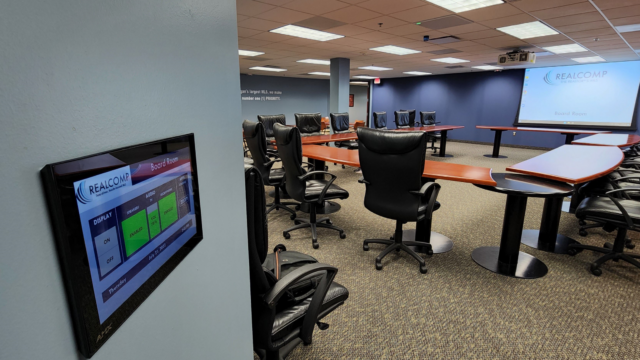In well-lit illumination conditions, movement detection is typically more accurate. As there is ample illumination, sensors and cameras can obtain sharper pictures, which helps in identifying dynamic objects. Well-lit environments allow for better contrast between the dynamic element and the background. This differentiation is essential for both visual observers and mechanical systems, as it makes it easier to differentiate between stationary and dynamic objects in a scene. Thus, ensuring that spaces are adequately illuminated can significantly enhance the performance of movement detection systems.
On the other hand, low-light environments can pose challenges for movement detection. In dim settings, shadows can hide moving objects, making them hard to detect. Additionally, the eye struggles to detect movement in dim conditions, which can result in misinterpretation of the situation in the environment. Cameras may also face challenges, as many do not perform well in low light without the use of infrared technology or alternative enhancements. These restrictions highlight the importance of adequate lighting in environments where motion detection is essential.
Moreover, different types of illumination can have varying effects on motion detection. For instance, neon lights can flicker, which can mislead motion detection technologies that rely on steady light sources. On the other hand, natural provides a steady form of illumination that improves visibility. Comprehending these variations in lighting types can assist users in choosing the most suitable illumination for specific applications, particularly in surveillance and how to fine-tune motion detection surveillance situations.

In summary, the relationship between lighting conditions and movement detection accuracy is significant. By ensuring that environments are suitably illuminated, we can improve the reliability of motion detection systems. This understanding not only supports tech uses but also enhances security and safety in multiple settings. As more advancements are made in link motion detection systems, taking into account illumination environments will continue to be a crucial factor in optimizing performance and ensuring that these systems work effectively in different environments.